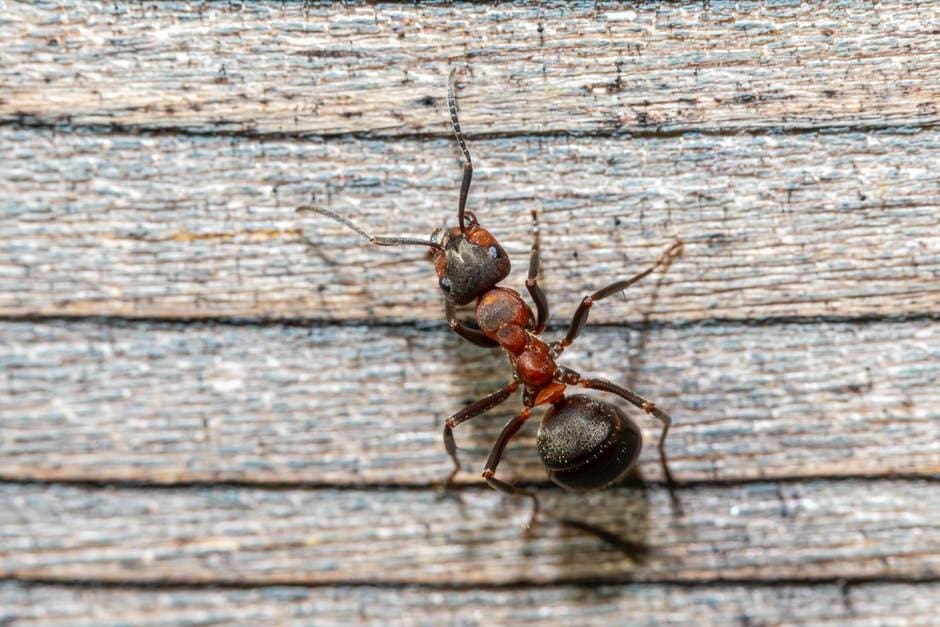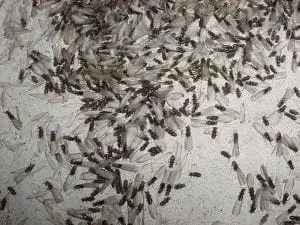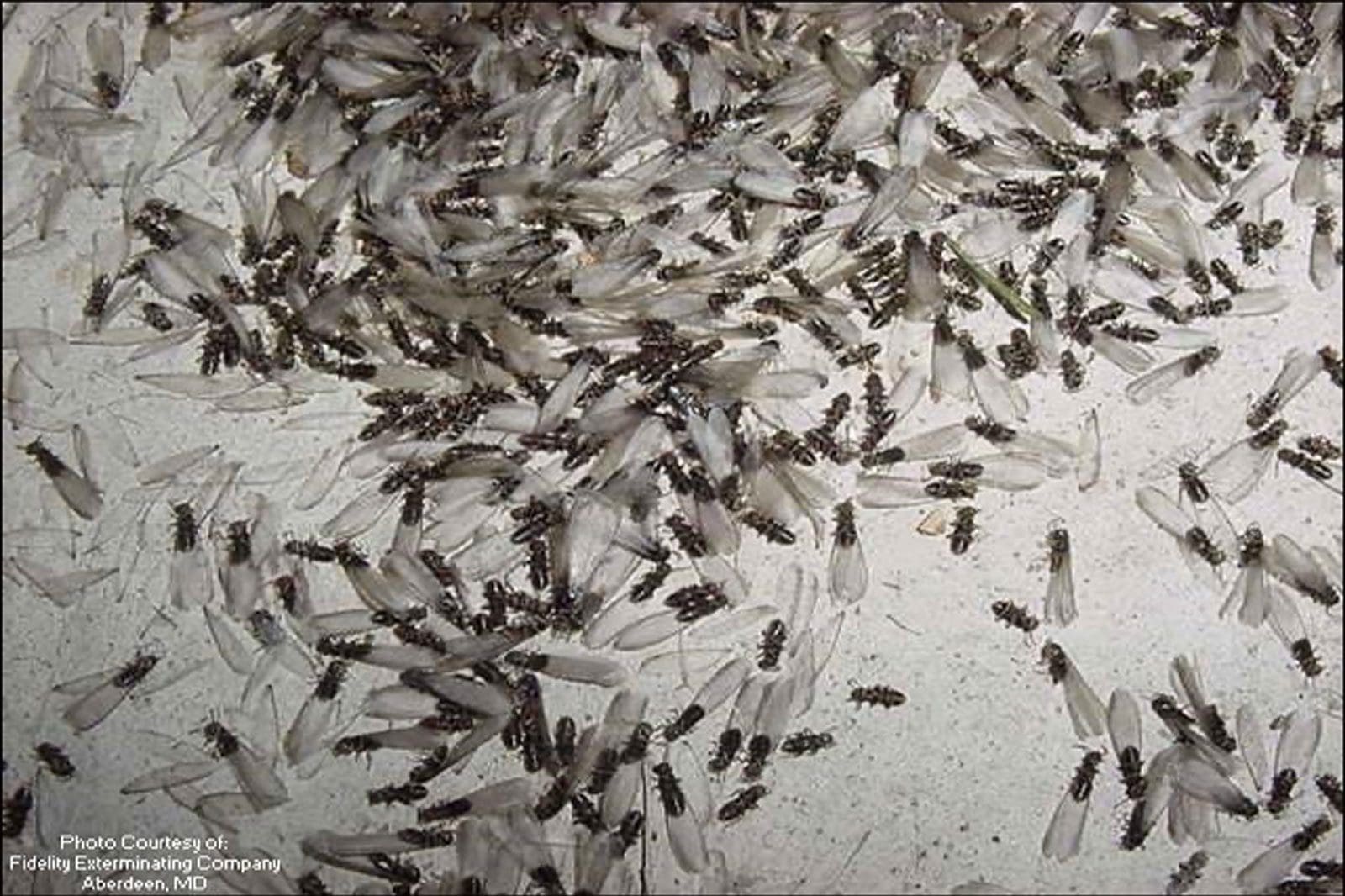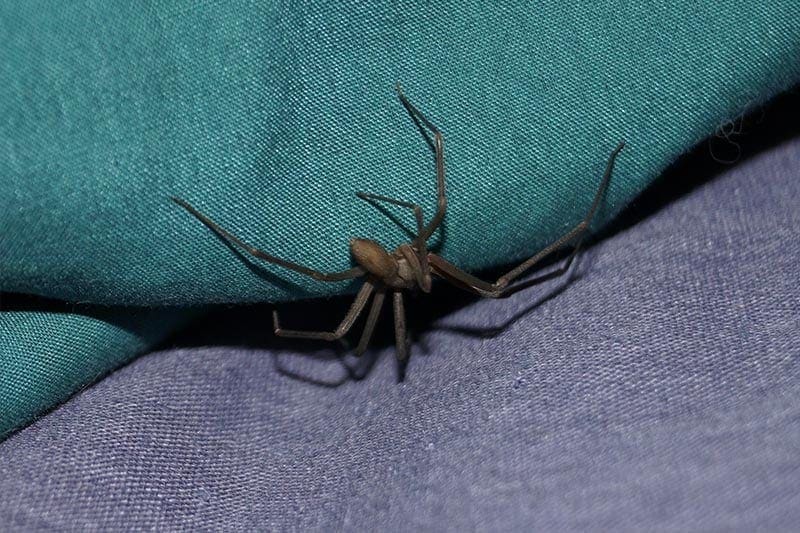Tired of finding painful fire ant mounds in your yard or near your home? Tampa’s warm, humid climate makes it a hotspot for fire ant infestations that can quickly spread and become hard to manage.
These aggressive insects pose risks to children, pets, and landscaping. That’s why having a clear fire ant control plan is so important.
Today we’re taking a closer look into seven effective fire ant control strategies for Tampa, FL-covering prevention, treatment methods, and safe ways to protect your property from future infestations.
1. Understand the Fire Ant Threat in Tampa
Tampa’s climate creates the perfect environment for fire ants to thrive. Fire ants prefer moist soil and sunny open areas. Tampa’s year-round warmth and summer rains give them what they need.
They build mounds in yards, fields, sidewalks, and even near homes. A single queen can lay hundreds of eggs a day, and colonies can grow into the thousands in just a few weeks.
Fire ants are more than just annoying. They bite and sting when they feel threatened, and they often attack in groups.
Their stings can cause swelling, itching, and sometimes severe allergic reactions. Pets and children are often at risk, especially if they play near untreated nests.
2. Fire Ant Control: Use Granular Insecticides for Wide Coverage
Granular insecticides are one of the most common tools for dealing with fire ants in large outdoor areas. They’re easy to spread across wide spaces and can be applied with a handheld or push spreader.
When timed right, they help reduce active colonies and prevent new ones from forming. These products are often used in spring and fall when ants are most active near the surface.
Granular insecticides are made to target insects that move through treated soil. Once applied, they need to be watered in. This activates the treatment and allows it to move into the soil where ants live.
Over time, the ants come into contact with the product and carry it deeper into the mound. That’s how it begins to affect the colony from within. It doesn’t always work instantly, but when used correctly, it helps keep colonies under control.
3. Ant Infestation Solutions: Spot-Treat Active Mounds
When you see fire ant mounds in your yard, one of the fastest ways to reduce their activity is to treat them directly. This method is best used when you can clearly spot where the colony is located
Spot treatments focus on the mound itself, which is where most of the colony lives. By pouring a liquid drench or using a mound injection, the treatment reaches deep into the tunnels below. This helps kill the ants, including the queen if the product gets far enough into the nest.
When fire ants feel threatened, they often move and create new mounds nearby. But direct treatments work fast, which gives them less time to escape. This can help prevent new mounds from forming across the lawn.
4. Yard Pest Management: Apply Bait Treatments Consistently
Bait products are a popular option for long-term fire ant control. They work a bit slower than some treatments, but they’re useful for targeting the entire colony, including the queen. Baits are picked up by worker ants and carried back to the nest, which helps spread the treatment deep underground.
This slow method gives the product time to move through the colony. It targets ants at every stage and can reach the queen, which is the key to stopping future growth.
Most bait products are low in toxicity to humans and animals, which makes them a safer choice for homes with kids or pets.
5. Use Natural and Organic Remedies
Some homeowners prefer to avoid chemical products when dealing with fire ants. One reason many people choose natural methods is safety.
Chemical treatments can leave behind residue or cause irritation. Options like boiling water or citrus-based sprays are often seen as safer, especially around animals or kids who play outdoors.
Most organic remedies use items that are already in the house or easy to pick up locally. Diatomaceous earth, for example, is a powder that damages the ants’ outer shell.
It works by drying them out over time. Some people use vinegar mixtures, citrus oils, or dish soap sprays to reduce activity on contact.
6. Maintain Yard Health and Reduce Attractants
Fire ants often settle in tall grass, brush piles, or areas with heavy leaf cover. If your yard stays trimmed and clear, it’s harder for them to find a good place to build. Mowing often, raking leaves, and removing yard debris all help reduce places where fire ants might hide.
Fire ants love damp areas. If your yard holds water or your irrigation system leaks, you’re giving them the perfect space to grow.
Checking for soggy spots and fixing broken sprinklers can help dry things out. That alone can make your yard less inviting.
Food scraps, pet waste, and open trash bins can bring more than just ants into your yard. These items attract a range of pests, and once ants find a food source, they build nearby.
7. Call a Professional for Recurring Infestations
If fire ants keep coming back no matter what you try, it might be time to bring in expert help. Pest control companies often have access to products that aren’t sold in stores.
These treatments can reach deeper into the ground and may work faster. They also use equipment that applies products evenly and safely over large spaces.
Some fire ant colonies are massive. If you’ve seen mounds in several parts of your yard or if the ants return quickly after treatment, you’re probably dealing with more than one nest. Professionals know how to locate and treat those hidden areas that DIY methods can miss.
Safe Pest Removal in Tampa
Fire ant control in Tampa takes a steady mix of treatment and prevention. From baiting to yard care, each method plays a role in keeping your home and lawn protected.
At Chet’s, we know everything starts with you. We treat every call like it matters, because it does. Many of our clients know us by name, and we’ve served some for decades. We follow up and make sure you’re always happy with your service.
Get in touch today to find out how we can help with your fire ant control.




